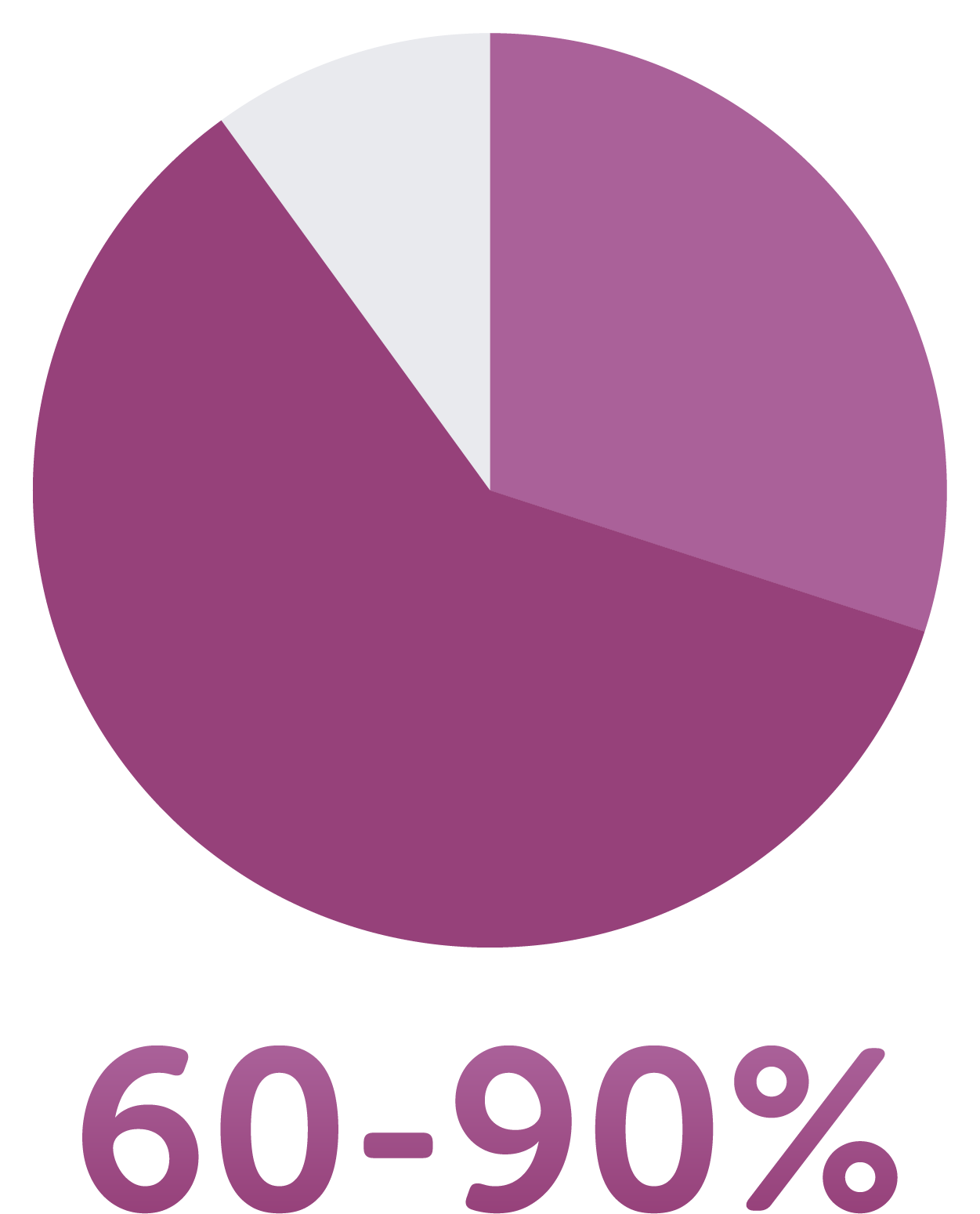
Radiofrequency Ablation (RF) for the treatment of Uterine Fibroids

How does it work?
Uterine fibroids are treated from inside the uterus, without the need for cutting or surgical removal of tissue. Therefore, no scars are formed after the procedure, and the uterus can be preserved.

Radiofrequency Ablation (RFA) specifically targets only the fibroid, providing local therapy that prevents the fibroid from growing to a problematic size, enables volumetric contraction of the fibroid, and leads to the immediate cessation of associated symptoms.
Radiofrequency Ablation of uterine fibroids is a simple procedure that uses the classic transvaginal US probe and an RF electrode. The physician can locate the fibroids and begin heating them with the RF electrode attached to the Ultrasound probe.
What results can you expect?
The main objective of treating uterine fibroids with radiofrequency is to stop the patient’s symptoms. However, in most cases, a reduction in the volume of the fibroid ablated with radiofrequency can also be expected. Generally, the expected behaviour of fibroids treated with radiofrequency is that of a volume reduction of about 60-90% within three months of treatment.

PATIENT FAQs
CONTACT US TODAY

